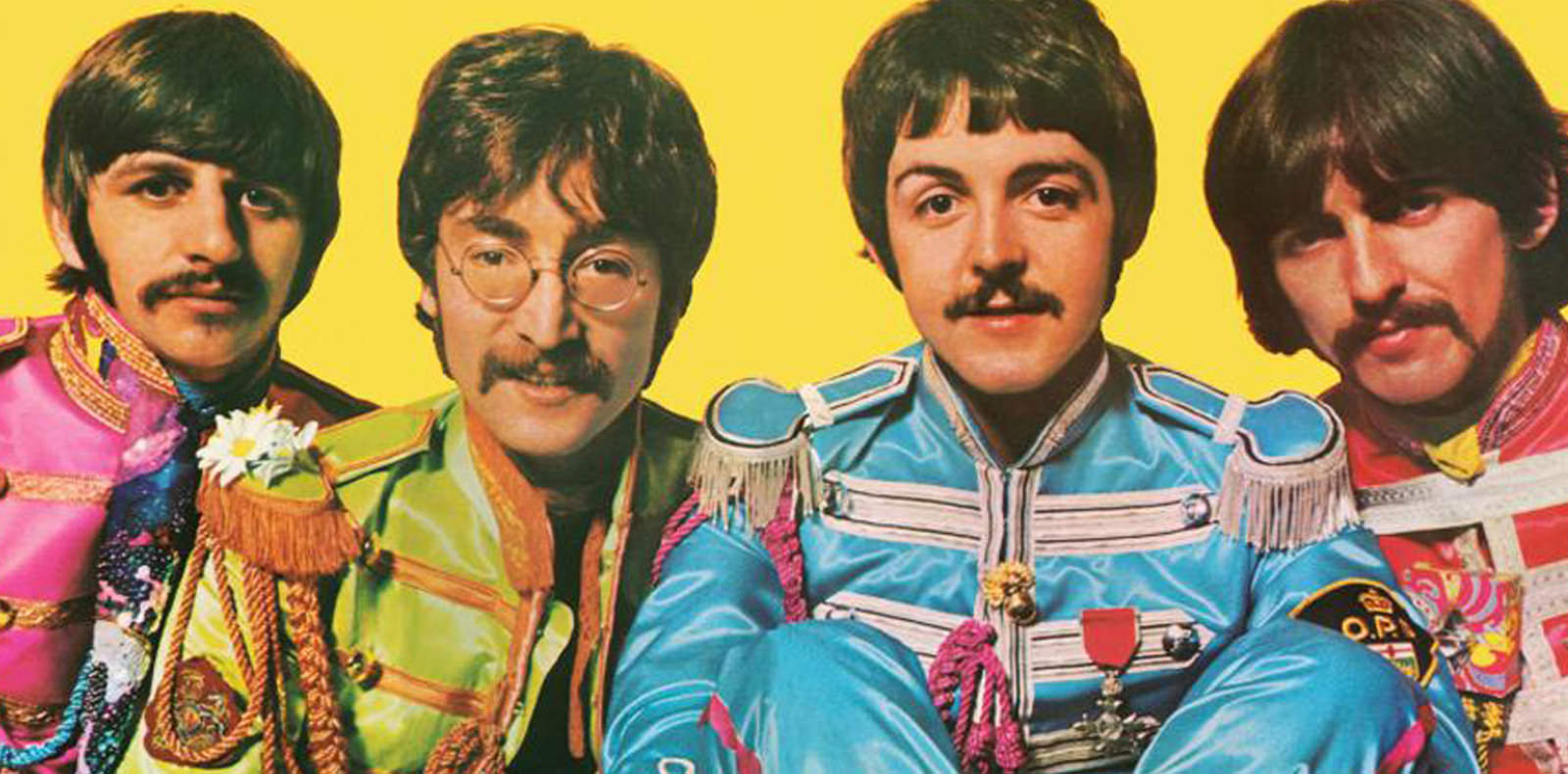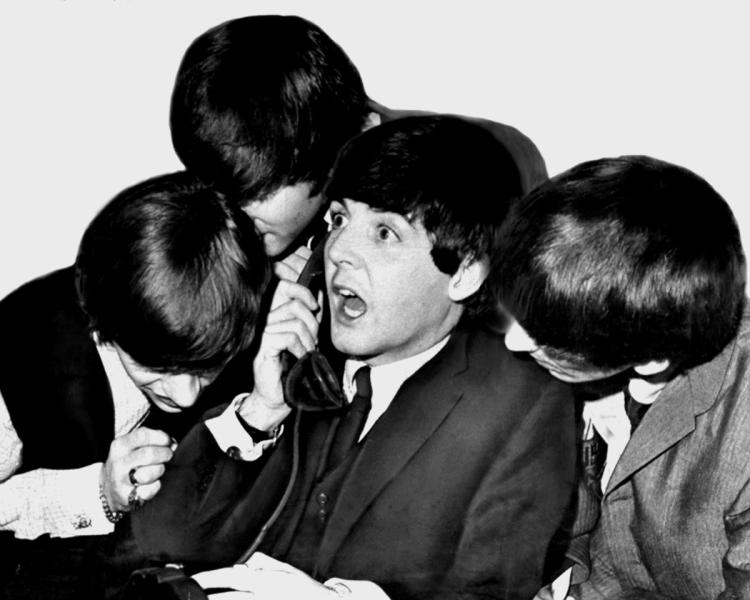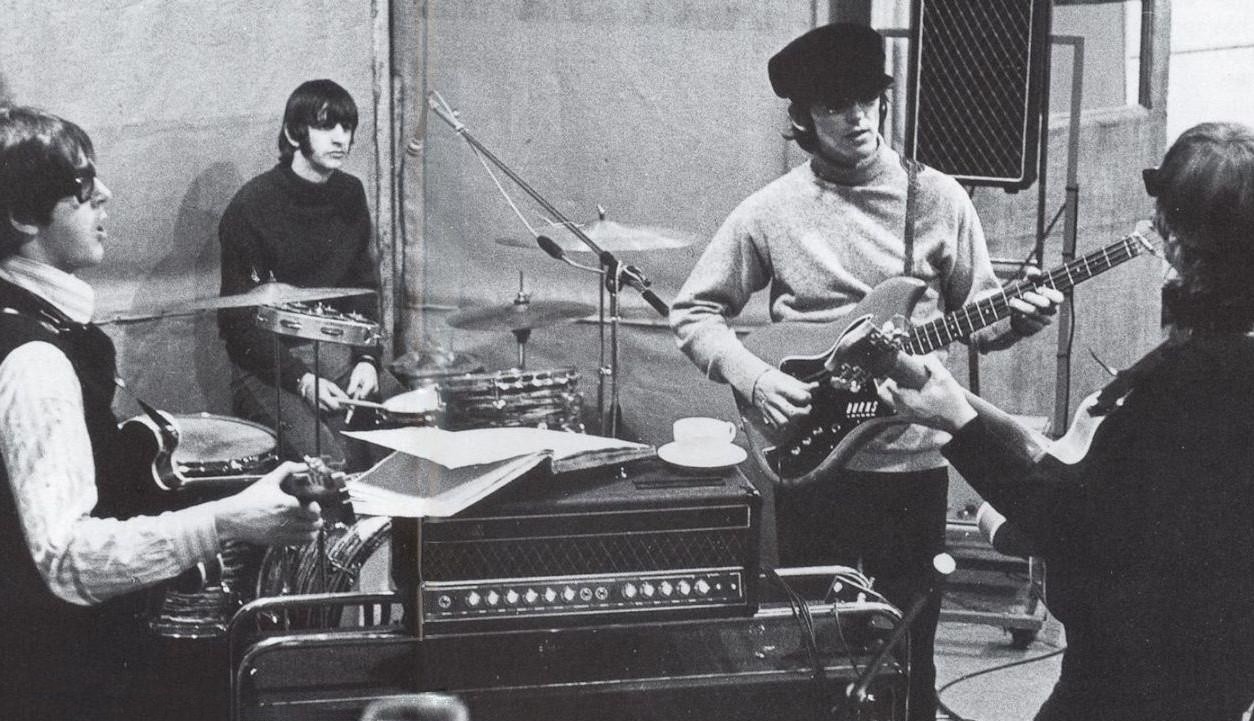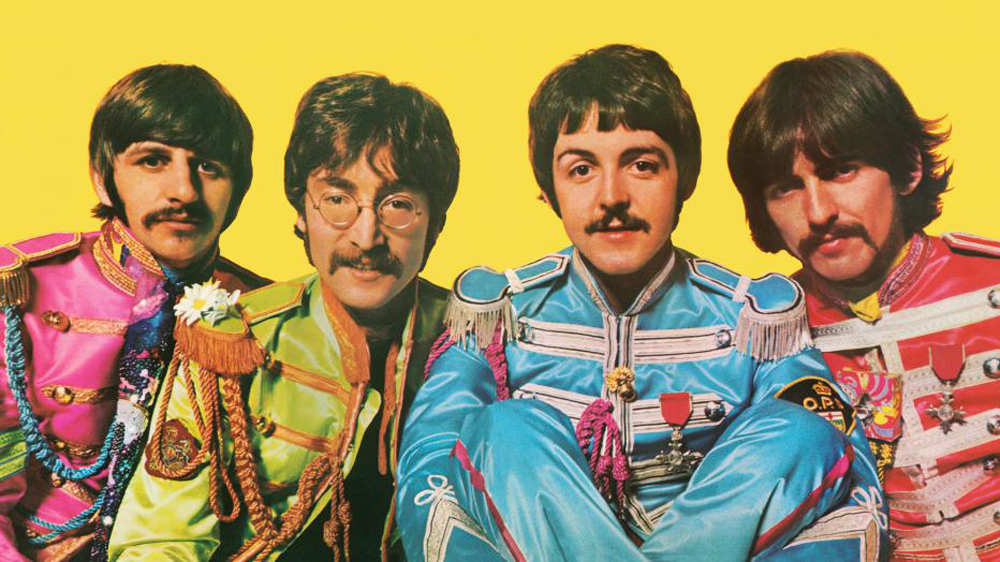
8

8
The Beatles’ Sgt. Pepper celebrates its 50th birthday: the story of a cult album
With their eighth album Sgt. Pepper’s Lonely Hearts Club Band released in 1967, The Beatles gave us a revolutionary masterpiece, mad, ambitious and systematically cited as one of the greatest albums of all time. As it celebrates its 50th anniversary, Numero.com looks back at this turning point in pop history.
By Violaine Schütz.
Challenging
When the four fashionable boys sat down to record Sgt. Pepper’s Lonely Hearts Club Band, they were exhausted by Beatlemania. After a tour in America, where Paul McCartney said they couldn’t actually hear themselves on stage so loud were the screams of their fans, the band wanted a new beginning, far from any public pressure. They insisted on cancelling the endless concerts and set themselves high standards in the studio as John Lennon explained: “If we stopped touring, we could record music that we couldn’t play live, and that meant we could create something that had never been heard before, a new kind of record with new genres of sounds.” This cry for freedom, that some said would lose them fans (it turned out to be the 3rd best ever selling album of all time), was the beginning of what became known as their “Studio years”.
Dante-esque proportions
For the first time in their career, the foursome wanted to take their time. As a result the four musicians spent endless nights with their engineers and their producer George Martin using all the technology available at the Abbey Road studios, inventing new techniques, like a new button on a tape recorder or the synchronisation of two cassette players. Over 129 days (from December 1966 to April 1967) they experimented freely and finally recorded the 13 tracks plus Penny Lane and Strawberry Fields Forever – about Lennon and McCartney’s childhood, released as a single – and a load of other tracks too. The recording lasted more than 300 hours, 700 in total, which was far from standard for a pop record which normally takes just four days to get in the bag.

A concept record
It wasn’t just musically that the group starting thinking out of box. Paul McCartney had this crazy idea to form a fictional band with a long name whose members would wear a colourful parade uniforms and moustaches, and who would go on tour in place of the real Beatles. In Toronto in 1966, the policeman who’d looked after their security was called Sergeant Randall Pepper. He was the inspiration behind the Sgt. Pepper’s Lonely Hearts Club Band formula. For many it was a concept album because it was Sgt. Pepper’s Lonely Hearts Club’s fanfare that welcomed the public to their concert. On opening the legendary album cover by Peter Blake, one of the godfathers of pop art, we discover a page of cut-out accessories. Another original feature was the album’s conclusion; a chord played at the same time on all the pianos at Abbey Road by each member of the Beatles and a high frequency whistle only audible by dogs.

Rich influences
With Rubber Soul (1965) and Revolver (1966), the Beatles moved away from the rock’n’roll of their early days to include new less Westernised influences. Indian music, a personal passion of George Harrison, as well as classical and baroque music. They started dabbling with new instruments like the Hammond organ, electric keyboards, strings, brass instruments, the sitar and other Hindu percussions. At the time Frank Zappa, Pink Floyd, Jimi Hendrix, Phil Spector, the Doors, the Velvet Underground and Brian Wilson were all reconsidering the pop format. Pop songs became longer, more complex, epic even, and certainly more vibrant than any radio station or record label had ever wanted.
A hymn to joy
For poet Allen Ginsberg the album represented, “an exclamation of joy; a discovery of joy and what it meant to be alive”. Listening to the record gave hope at a time when Che Guevara had been murdered, Detroit was ravaged by race riots, war raged in Vietnam and British universities were revolting. One of the tracks, “Getting Better” even said in its lyrics “it can’t get more worse”. Optimistic and anticipatory of the “summer of love” the album with its colourful cover seemed to tell the world that things would get better, bearing with it the idea of a revolution. The quasi-surreal poetic lyrics and the thousand ideas a minute contained in psychedelic tracks like “A Day In A Life” render it an experience that even today makes us feel different and more alive.















